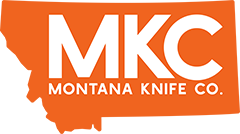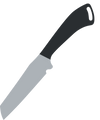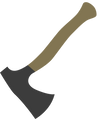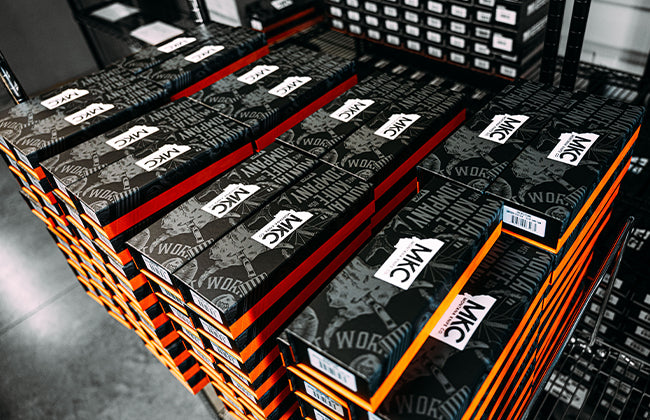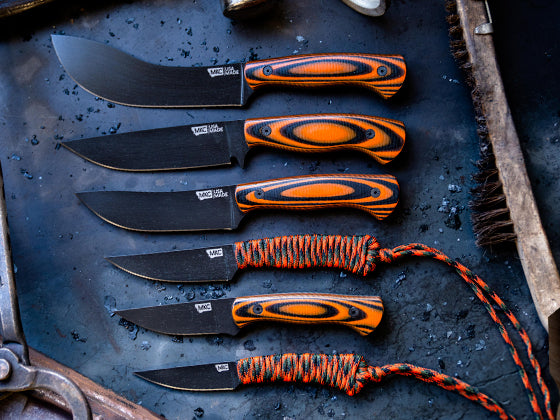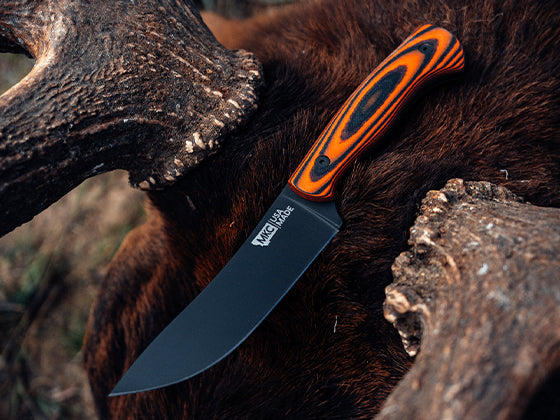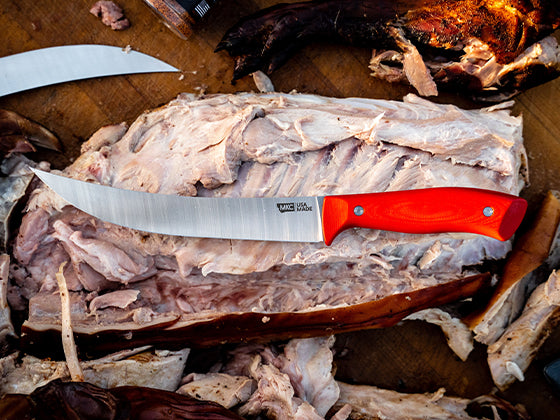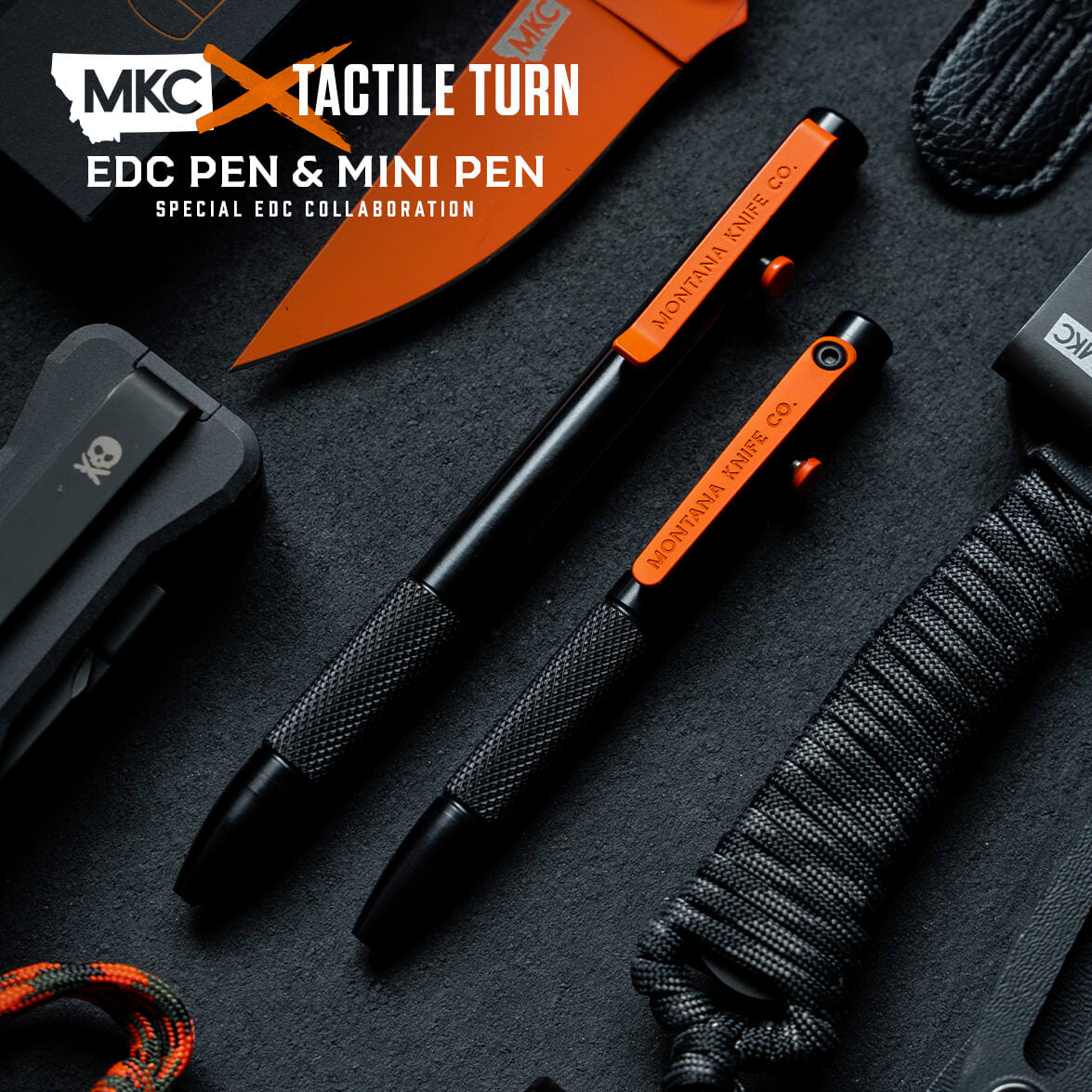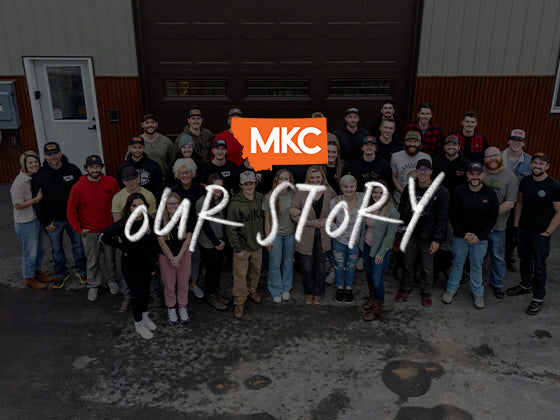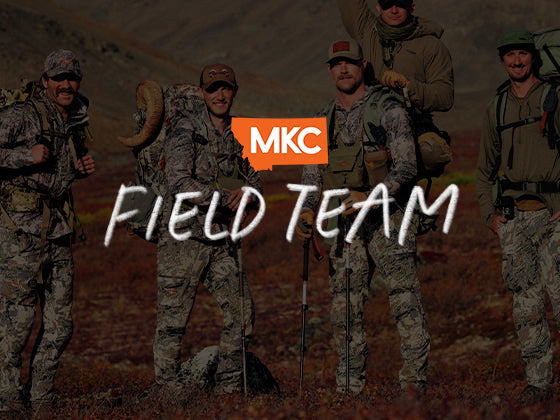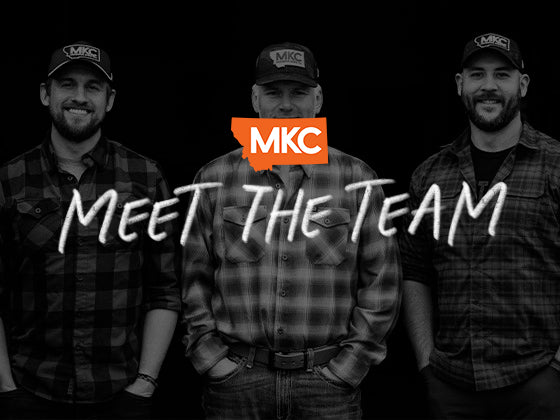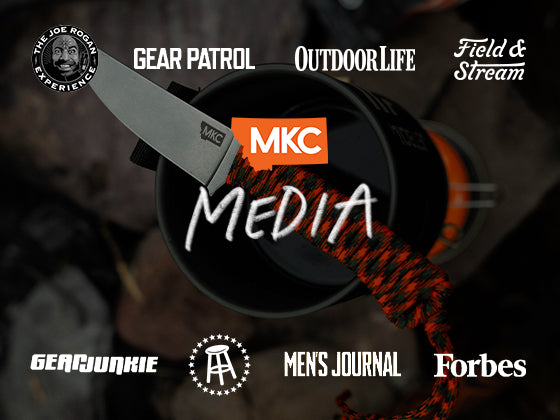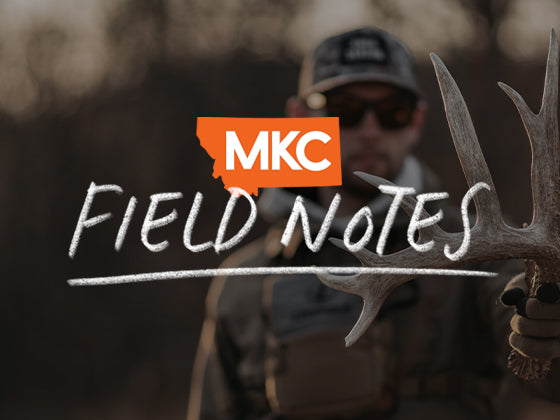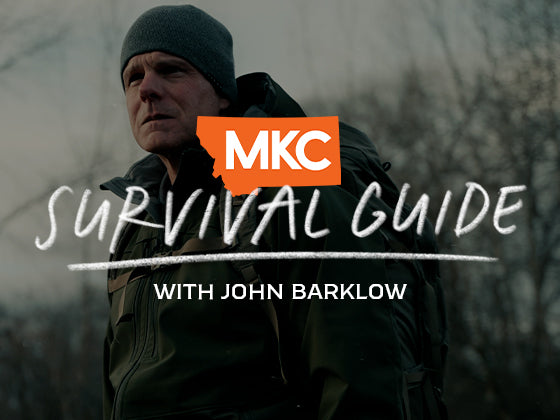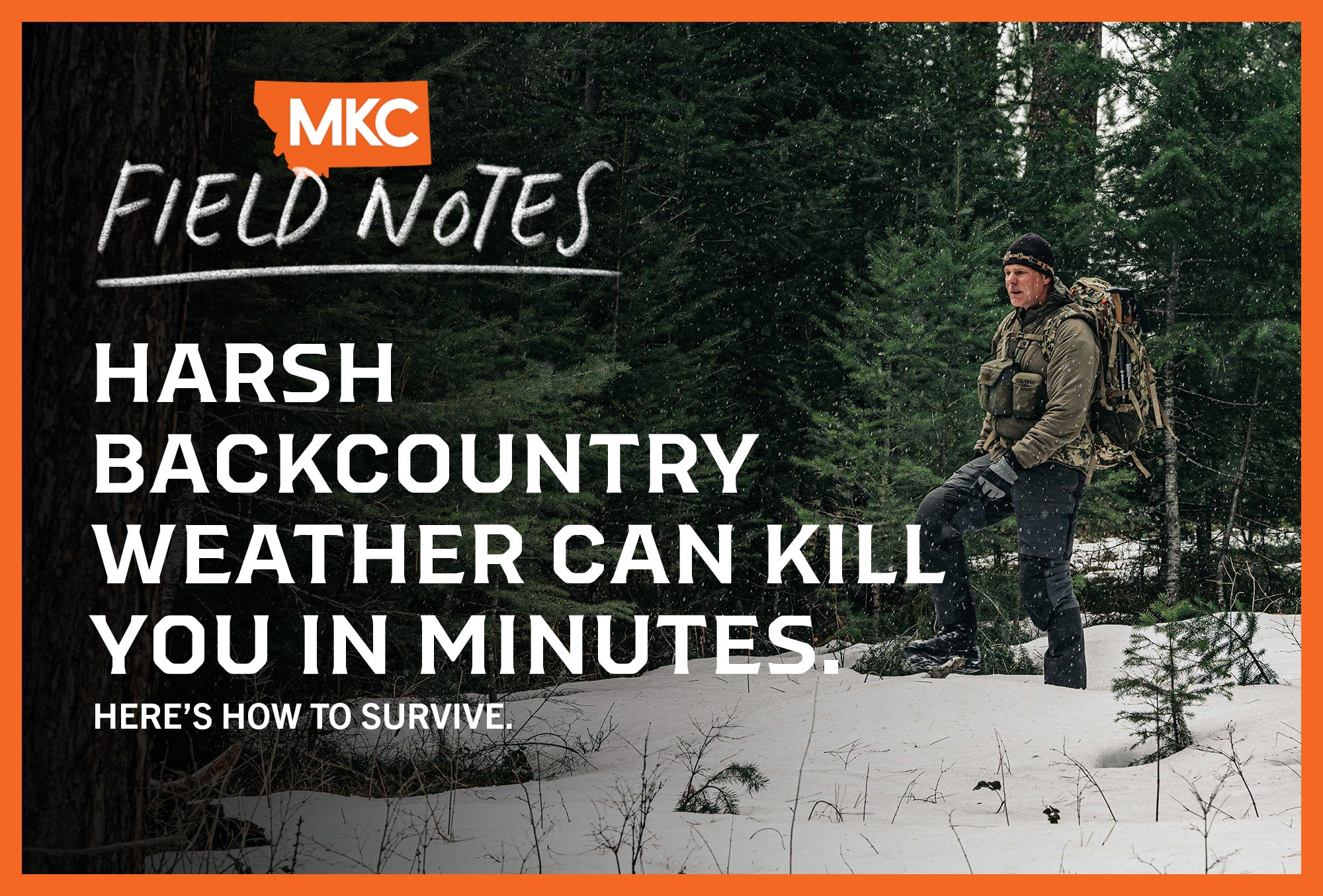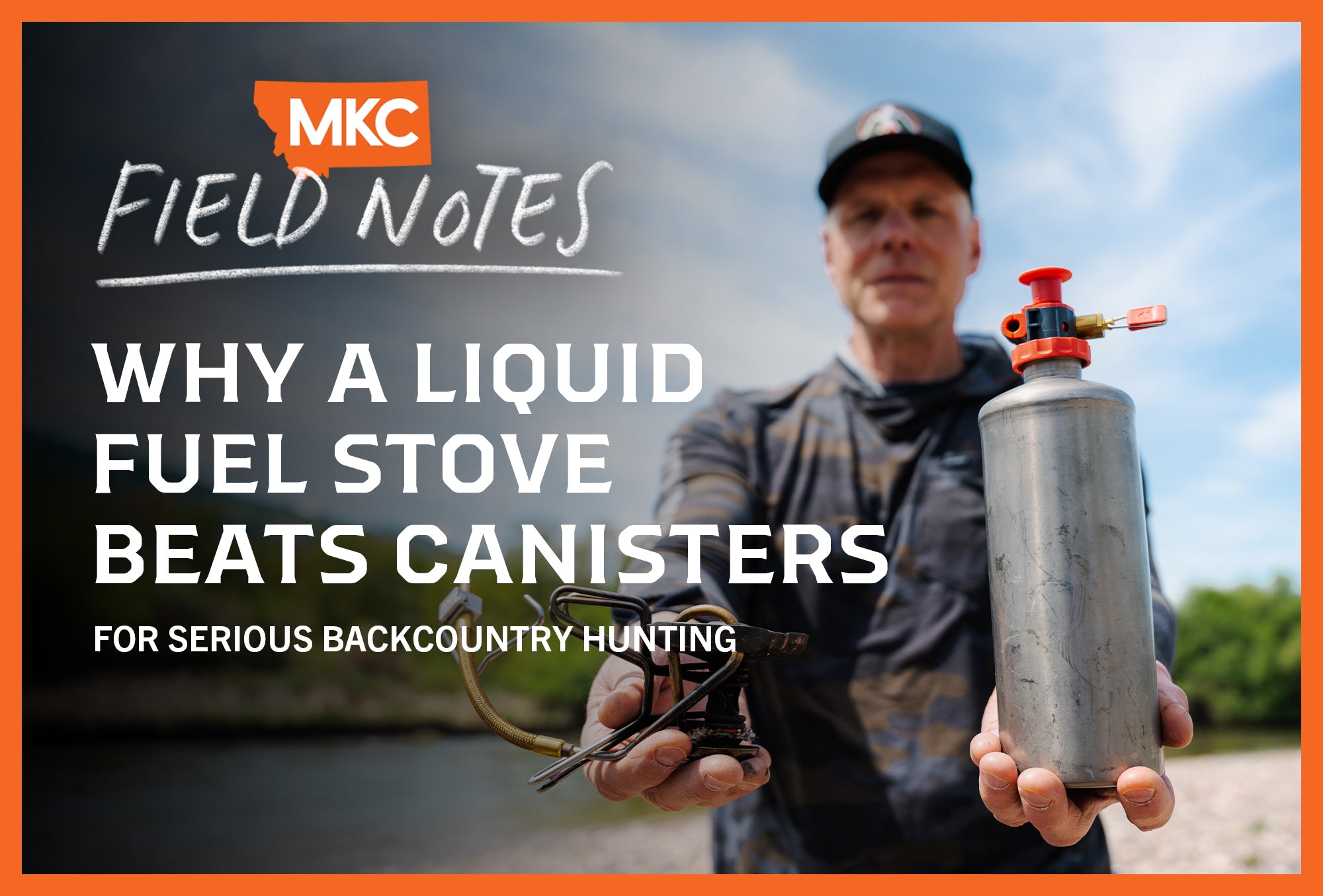Water determines whether your backcountry trip ends in success or evacuation.
After getting Giardia twice, once in the Amazon from contaminated cooking utensils on a boat and once in British Columbia from water sources contaminated by moose, I learned this lesson the hard way.
Before those humiliating experiences, I drank right from mountain streams without a second thought. Now I treat every water source, no matter how pristine it looks. Getting sick from contaminated backpacking water is an unforced error that backcountry water purification prevents.
Why Backcountry Water Purification Can Save Your Life
Water is your second survival priority in the wilderness. You’ll last about three days without it before your body starts shutting down.
When planning any backcountry trip, identifying reliable water sources comes first. If a drainage or basin lacks accessible water, you can’t hunt or camp there for long.
But finding water is only half the equation. To make that water safe to drink, you need to understand what contaminants you’re dealing with and choose the right treatment method for your situation.

The Three Threats Hiding in Your Backpacking Water
Backpacking water contains three microscopic threats that can ruin your trip or worse:
- Protozoa: Giardia leads this category. Nearly every backcountry traveler has heard horror stories about Giardia, and trust me, they’re all true.
- Bacteria: E. coli is the primary bacterial threat in North American backpacking water sources.
- Viruses: Hepatitis A exists in backcountry water, though it’s rare in North America unless you’re in extremely remote areas with poor sanitation.
In North America, Giardia and E. coli are your biggest risks. Viruses are only a serious concern in underdeveloped areas or third-world countries without proper sanitation systems.
Purification: The Best Way to Purify Water Backpacking When Weight Matters
Purification methods eliminate all three threats: protozoa, bacteria, and viruses. These are your lightest, simplest options for backcountry water purification:
- Chlorine dioxide tablets and drops work reliably and weigh almost nothing. I keep tablets in my possibles pouch and more in my optics harness. During a stalk when I’m away from my pack and need water, these tablets let me purify it on the spot.
- UV light treatment like the SteriPEN zaps all microorganisms quickly. Many backcountry hunters swear by these devices for their speed and effectiveness.
Neither method removes particulates from your backpacking water. Draw from a silty glacial river in Alaska or a muddy spring, and you’ll still have grit in your bottle. You can strain water through a T-shirt or handkerchief first, or just deal with chewing your water.
But for clear mountain streams, purification gives you the fastest path to safe drinking water.
Filtration: Removing Particulates and Most Microorganisms From Backpacking Water
Filters handle protozoa and bacteria while removing visible particulates from your water. For North American backcountry travel, this covers your real concerns.
Every filtration system requires your effort. Gravity-fed systems require collecting water in a bag and hanging it, whereas pump filters require manual pumping, which can be a real chore at altitude when you’re already exhausted. As filters clog from dirty water sources, they require more effort or need backflushing.
But here’s what you gain: crystal-clear backpacking water. Filters remove the bugs, silt, mud, and debris that purification methods leave behind. When you’re drinking from glacial streams full of rock flour or muddy springs after rain, filtration creates water that looks and tastes clean.
Boiling: Your Backcountry Water Purification Backup Plan
Boiling water is the most inefficient purification method for three reasons:
- It requires a stove and fuel. You need to calculate fuel consumption for your entire trip or risk running short.
- It takes time. Boil for one minute below 6,500 feet elevation, three minutes above 6,500 feet.
- Hot water on a scorching day doesn’t promote hydration. You’ll wait even longer for it to cool enough to drink.
Despite these drawbacks, boiling works when other methods fail. If your filter breaks, you drop your SteriPEN, or you run out of tablets, fire and a pot still make water safe.
Matching Your Water Treatment to Your Water Sources
When planning your route and studying your hunting area on Google Earth, identify both water sources and their likely condition. Your treatment method depends on what you’ll encounter:
- Snowmelt from glaciers or snowfields often contains glacial silt that requires filtration.
- Small creeks and streams may run clear or muddy, depending on recent weather.
- Rock seeps and springs usually run clear, but can harbor bacteria.
- Stagnant pools and wallows require the most aggressive treatment possible.
No single method works perfectly for every trip. I choose based on my route, expected backpacking water sources, and weight considerations.
How to Purify Water While Camping: Building Your Personal System
Your backcountry water purification system needs redundancy.
Carry a primary method suited to your expected water sources. If you’re hunting in areas with clear mountain streams, a SteriPEN or chlorine dioxide tablets work great. If you expect silty or muddy water, pack a filter.
Always carry backup purification tablets. They weigh nothing and work when all else fails.
Know how to boil water properly at your hunting elevation. Your stove might become your only option.
Consider combining methods for difficult water. Strain muddy water through a cloth first, then purify it with tablets. Or, filter first for clarity, then add tablets for virus protection for questionable sources.
The Real Cost of Contaminated Backpacking Water
Getting sick from contaminated backpacking water doesn’t just ruin your hunt. It can threaten your life when you’re days from help.
Giardia hits you with explosive diarrhea, severe cramps, and dehydration that compounds quickly in the backcountry. E. coli brings similar suffering, plus potential kidney damage.
I spent two weeks recovering from Giardia after that British Columbia moose hunt. The Amazon episode lasted even longer. Both times, I was lucky to be near enough to civilization when my symptoms peaked.
Don’t learn this lesson the hard way. Plan your backpacking water sources, pack appropriate backcountry water purification methods, and use them religiously. The best way to purify backpacking water is the method you’ll actually use every time.
Backcountry Water Purification: Your Survival Depends on Getting This Right
Backcountry water keeps you alive and performing at your peak. Without safe water, you’re done in three days. With contaminated water, you might wish you were done sooner.
Take time during trip planning to identify water sources and match your backcountry water purification method to what you’ll encounter. Pack redundant systems because gear fails when you need it most.
Most importantly, use your purification system every single time. That pristine mountain stream might be the one that puts you on your back for two weeks.
Your health, performance, and survival depend on getting this right.

by John Barklow, a Special Operations Survival Instructor and consultant who has spent decades teaching military personnel and civilians survival techniques in extreme environments.
